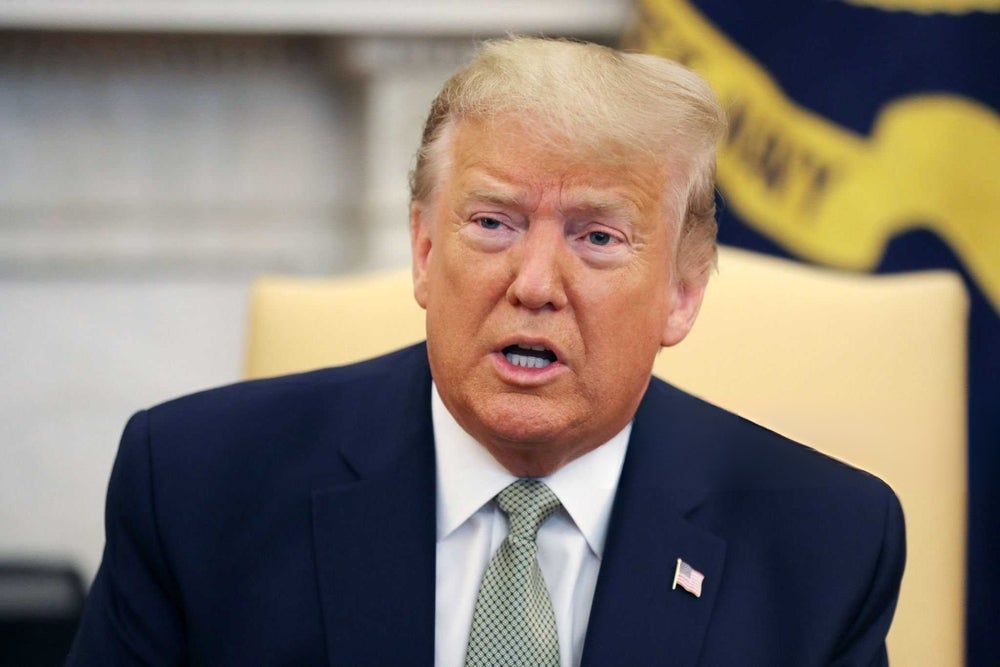US Stocks Likely To Open Lower Ahead Of March Inflation Release: Expert Highlights 'Fairly Weak Returns' After 5%+ Gains In S&P 500
U.S. stock futures are expected to open lower ahead of the March inflation data release. Experts highlight that after the S&P 500's 5%+ gains on Wednesday, the returns in the near term are likely to be 'fairly weak'.
https://www.benzinga.com/news/earnings/25/04/44729572/us-stocks-likely-to-open-lower-ahead-of-march-inflation-release-expert-highlights-fairly-weak-retur





